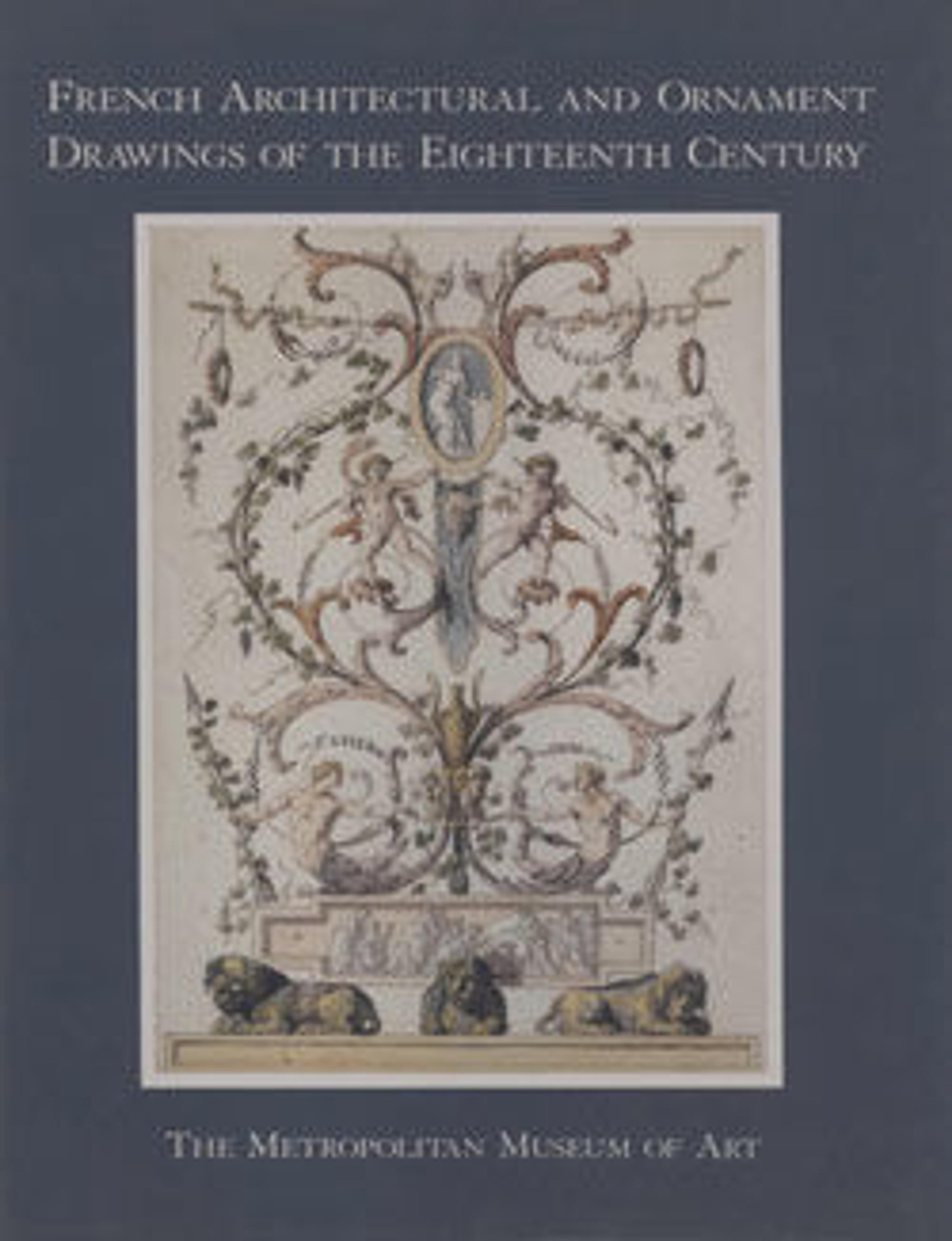Design for a Torchère
This design for a torchère was made by the artist Le Barbier. He is best known for his paintings and illustrations which reflect the political unrest and revolutions in North America and Europe during the final decades of the 18th century. One of his most famous works is without doubt the panel with the Declaration of the rights of men and citizens as it had been decreed by the Assemblée Nationale in 1789 and agreed to by King Louis XVI (Musée Carnavalet, Paris). Like many of his French colleagues Le Barbier was active in various art disciplines however, and he produced multiple designs for the interior, including this elegant design for a torchère. The idea of having human figures - women, cherubs or exotic figures such as Indians or Africans - as a support, holding up a candle or base on top of which a candelabrum could stand, had become particularly popular in the 18th century. Smaller examples were often executed in (partially) gilt bronze while larger pieces could be made in polychrome wood, marble or gesso.
Artwork Details
- Title:Design for a Torchère
- Artist:Jean Jacques François Le Barbier (French, Rouen 1738–1826 Paris)
- Date:ca. 1770–90
- Medium:Pen and brown ink, brush and brown wash; framing lines in pen and brown ink with brush and green wash
- Dimensions:Sheet: 18 1/2 × 12 3/16 in. (47 × 31 cm)
- Classifications:Drawings, Ornament & Architecture
- Credit Line:The Elisha Whittelsey Collection, The Elisha Whittelsey Fund, 1986
- Object Number:1986.1007.2
- Curatorial Department: Drawings and Prints
More Artwork
Research Resources
The Met provides unparalleled resources for research and welcomes an international community of students and scholars. The Met's Open Access API is where creators and researchers can connect to the The Met collection. Open Access data and public domain images are available for unrestricted commercial and noncommercial use without permission or fee.
To request images under copyright and other restrictions, please use this Image Request form.
Feedback
We continue to research and examine historical and cultural context for objects in The Met collection. If you have comments or questions about this object record, please contact us using the form below. The Museum looks forward to receiving your comments.
